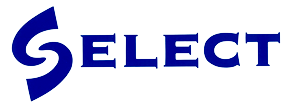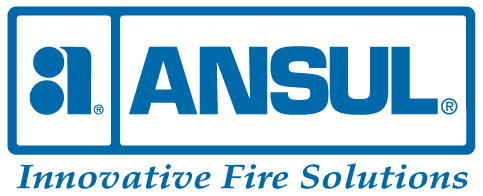In a commercial kitchen, fire suppression systems are designed to automatically detect and extinguish fires before they can cause serious damage.
These systems typically include a network of heat detectors and/or smoke detectors that are connected to a central control panel. When a fire is detected, the control panel activates the suppression system, which typically includes a dry chemical or wet chemical extinguishing agent that is discharged into the kitchen to extinguish the flames.
Some of the common suppression systems include:
- Wet chemical fire suppression systems which uses a solution of water and potassium carbonate, which is discharged as a fine mist to suppress the fire by removing heat and smothering the flames.
- Inert Gas Systems which used an extinguishing agent that is an inert gas, such as Nitrogen or Argon, which displaces the oxygen in the protected area, preventing the fire from burning.
- CO2 systems which uses carbon dioxide (CO2) to extinguish fires by removing oxygen from the protected area.
These systems are also often paired with a manual pull station, which allows the kitchen staff to manually activate the suppression system in the event of a fire. Additionally, the suppression systems have to be inspected, tested and maintained to ensure that they are in proper working order.



